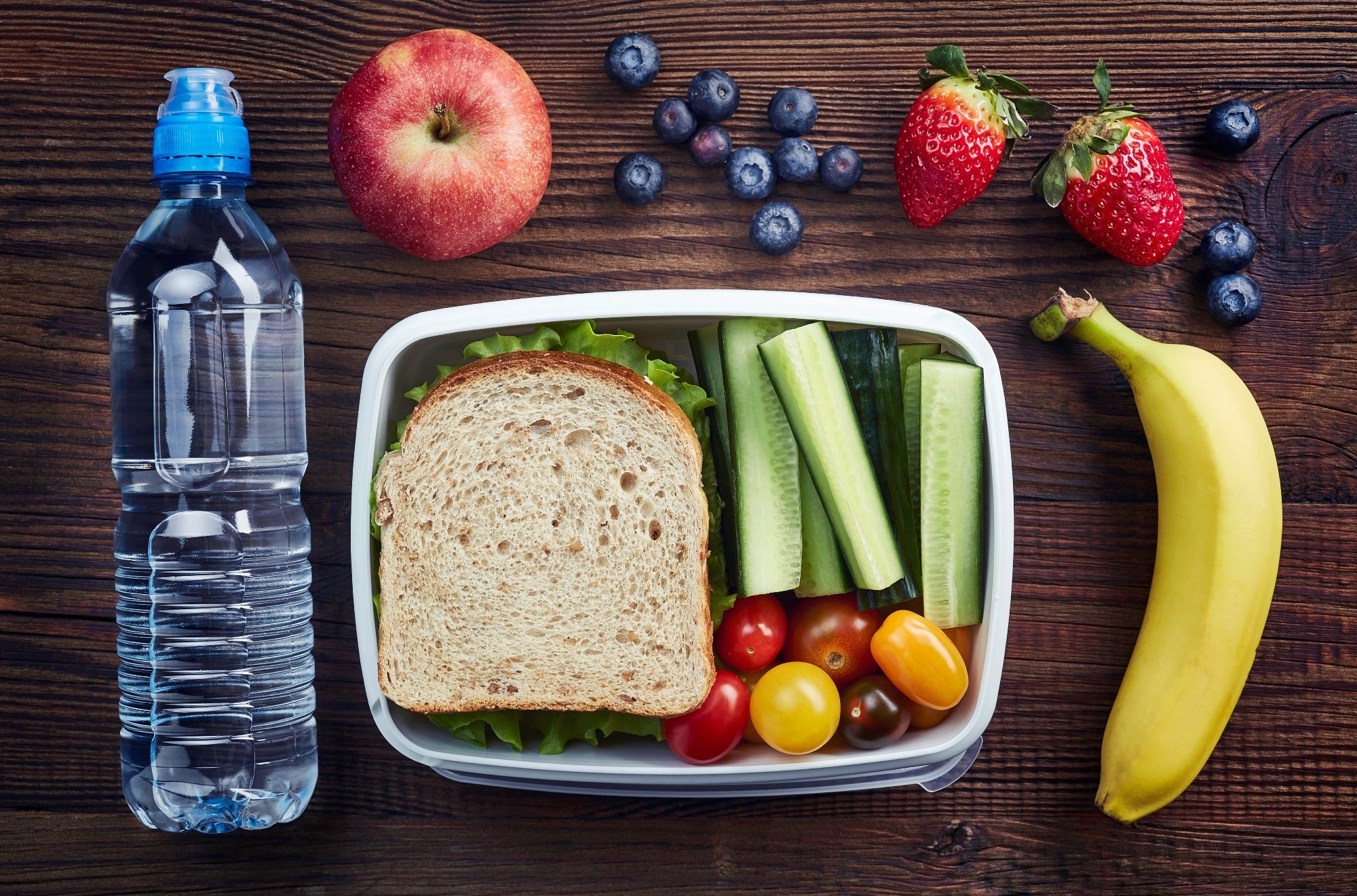In a recent study published in the Nutrients journal, researchers explored the nutritional quality of meals at holiday clubs funded by the UK government.
 Study: The Nutritional Quality of Food Provision at UK Government-Funded Holiday Clubs: A Cross-Sectional Analysis of Energy and Nutrient Content. Image Credit: baibaz/Shutterstock.com
Study: The Nutritional Quality of Food Provision at UK Government-Funded Holiday Clubs: A Cross-Sectional Analysis of Energy and Nutrient Content. Image Credit: baibaz/Shutterstock.com
Background
The UK has among the highest food insecurity rates among the pediatric population in Europe. To curb the effect of food insecurity on child health, estimates like breakfast clubs and free school meals are provided across schools in England.
Notably, the Holiday Activities and Food (HAF) Programme pilot was initiated to allow local authorities to offer food and beverage options, nutritional education, and stimulating activities for children eligible for free school meals. The program provides free holiday clubs offering healthy meals to those eligible.
Assessing the comparative quality of vegetarian and non-vegetarian meals provided at HAF holiday clubs is necessary. Ensuring that children from low-income households have access to a healthy diet is key to reducing UK health inequalities.
About the study
This study evaluates the nutritional quality of food provision at HAF holiday clubs, particularly hot/cold and vegetarian/non-vegetarian meals.
The team collected food provision details from 52 HAF holiday clubs to examine the “Bring it on Brum” holiday program funded by HAF. Approximately 49 menus were examined. The current school food standards (SFS) consist of 24 separate sub-standards to which the menus created adhere.
The researchers decided whether each menu fulfilled the standards or not. The menus were examined using nutrient analysis software. The team employed a food composition dataset created by 2015 McCance and Widdowson.
After assessing compositional data, the lunch meal offerings were categorized as hot or cold and vegetarian or non-vegetarian to facilitate comparison between various menu variants.
Furthermore, meals were categorized as cold if all the food elements, even if cooked prior, were served at room temperature or cold. Hot menu variants included cooked meals which were served hot.
A meal quality index assesses the overall nutritional quality corresponding to different menu variants. Around 14 components, consisting of seven for micronutrients, six for macronutrients, and one for energy, were employed to examine the overall nutritional quality of the different menus.
For every individual element, lunches were scored based on a continuous score ranging from zero to 10 to add up to a total score out of 140. A high score in the single elements and the overall quality indicated higher compliance with the standards.
Results
The study results showed almost 167 menu options were analyzed, including 82 of 167 vegetarian and 25 of 167 cold foods. The median compliance to SFS in all assessed menus was 70%. The team also found comparable compliance levels for cold and hot menu offerings and vegetarian and non-vegetarian offerings.
The lunches examined included 2,759 menu variants comprising 1,320 cold and 1,439 hot menu variants. Additionally, 1,288 menu variants were vegetarian. For children aged between five and 11 years, the median meal quality score across all menu variants was 87.8 out of 140. For individuals aged between 11 and 18 years, the median food quality score was 66.3.
Nutrients like sodium, total fat, and vitamin C scored the highest for primary and secondary school-aged individuals. On the other hand, vitamin A, iron, and dietary fiber displayed the lowest proportion of menus that fulfilled the maximum score.
The team noted that the overall quality scores for cold food variants were statistically considerably lower than the hot menu variants for individuals aged between five and 11 years.
Even though the variation in overall quality score was significant, cold and hot menus seemed to score higher for all sub-component scores.
Almost all menu variants had high scores for folate, calcium, and vitamin C. However, hot menu variants displayed statistically significantly higher element scores for several elements than cold menus, such as fiber, sodium, free sugars, and iron.
Furthermore, the hot menu variants had statistically lower scores than cold variants concerning components like total fat, saturated fats, and energy.
As noted for the five to 11 years individuals, the overall quality associated with the cold variants was considerably lower than the hot food variant. There was also a small but statistically important variation between the overall meal quality scores associated with the vegetarian and non–vegetarian menu variants.
Notably, the non–vegetarian menu variants had higher scores for the saturated fat and total fat components but lower scores for most other elements.
Conclusion
The study findings noted that the suboptimal overall meal quality scores underscored the need for better nutrient and energy components in the food provision funded by HAF for 11 to 18-year-olds.
The researchers believe that providing food offerings for older participants with different nutrient and energy requirements should be prioritized. Future research must collaborate with HAF holiday club providers to develop a rational strategy to examine menus for better feasibility.